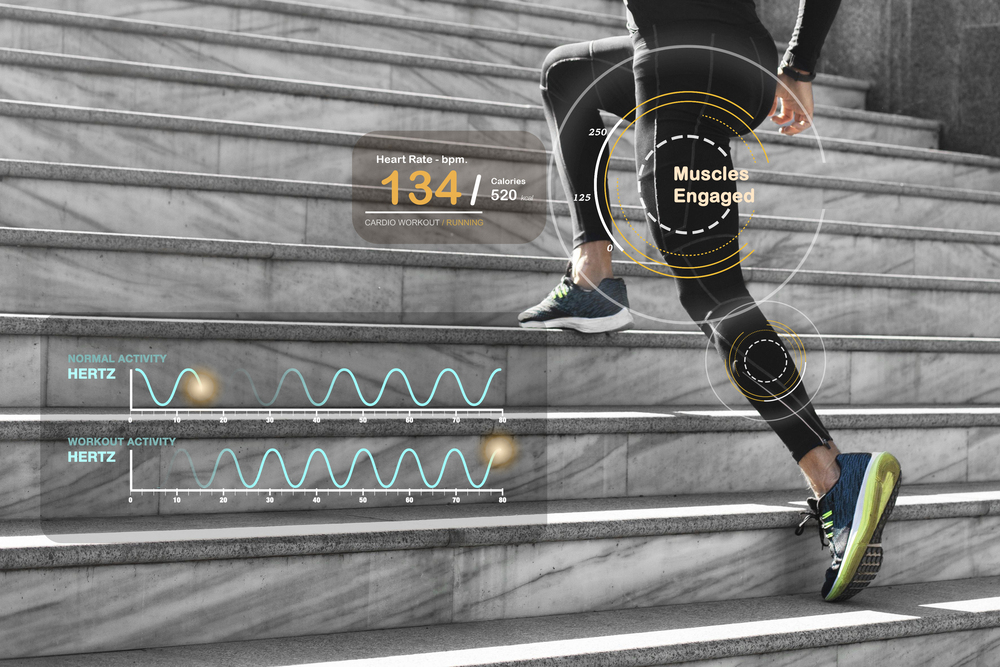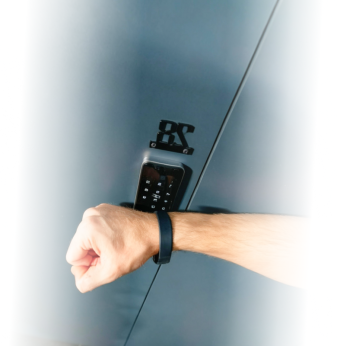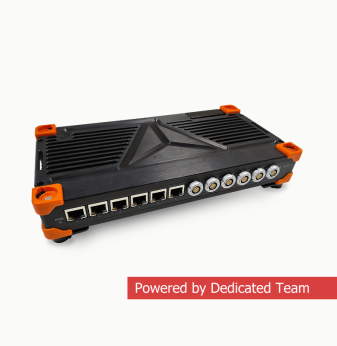How Embedded Systems Are Revolutionizing Sports Equipment
Technology has revolutionized sports, with real-time tracking systems becoming essential tools for athlete performance monitoring. From GPS wearables to AI-powered analytics, these systems provide valuable insights into speed, endurance, and biomechanics. However, developing a real-time tracking system for athletes comes with challenges, including ensuring accuracy, minimizing latency, and optimizing power consumption.
This article explores the biggest challenges in sports tracking system development and the latest solutions that engineers are implementing to overcome them.
Why Real-Time Tracking Matters in Sports?
Athletes and coaches rely on tracking systems to analyze movement, improve performance, and prevent injuries. These systems collect data on:
- Speed and acceleration, measuring sprinting ability and movement efficiency
- Heart rate and biometrics, tracking cardiovascular performance and fatigue levels
- GPS and motion data, monitoring athlete positioning, agility, and reaction times
- Load management, preventing injuries by analyzing exertion and muscle strain
Real-time tracking devices are used across multiple sports, including football, basketball, cycling, and marathons, where every millisecond of performance data matters. But how do these systems actually work, and what are the key challenges in developing them?

Key Challenges in Developing Real-Time Athlete Tracking Systems
1. Achieving Ultra-Low Latency for Instant Feedback
Real-time tracking systems must process biometric, motion, and GPS data within milliseconds to provide instant feedback. High latency can lead to delayed insights, making the system less effective for in-game decisions.
- Challenge: Processing vast amounts of data in real-time while ensuring minimal delay
- Solution: Edge computing allows data processing on the device itself, reducing dependence on cloud servers
2. Ensuring High Data Accuracy in Dynamic Environments
Athletes constantly move, change direction, and accelerate, which poses challenges for sensor accuracy. Factors like GPS drift, signal interference, and sensor misalignment can lead to inaccurate readings.
- Challenge: GPS signals struggle in indoor arenas, urban environments, and dense forests
- Solution: Combining multiple tracking technologies—such as GNSS, inertial sensors, and AI-based corrections—helps improve accuracy
3. Connectivity and Wireless Communication Bottlenecks
Sports tracking devices rely on wireless technologies like BLE, Wi-Fi, NB-IoT, and 5G to transmit data. However, maintaining stable connections in crowded stadiums or across long distances remains a significant challenge.
- Challenge: Wireless interference and network congestion can cause data loss
- Solution: Using adaptive frequency hopping and hybrid connectivity models (LoRaWAN + Bluetooth) improves reliability
4. Power Efficiency and Battery Life Constraints
Most athlete wearables must operate for several hours—or even days—on a single charge. High-frequency data transmission and continuous GPS tracking drain power quickly.
- Challenge: Balancing performance with low power consumption in compact wearables
- Solution: Implementing energy-efficient microcontrollers, AI-based power management, and energy harvesting (e.g., motion-powered wearables)
5. Securing Athlete Data and Privacy Compliance
Sports data is highly sensitive, especially in professional leagues where real-time performance data could provide competitive advantages. Cybersecurity threats and data breaches pose serious risks.
- Challenge: Complying with regulations like GDPR (Europe) and HIPAA (US) for biometric data protection
- Solution: End-to-end encryption, secure data storage, and blockchain-based athlete identity management
Comparison of Tracking Technologies in Sports Wearables
Technology | Range | Latency | Power Consumption | Ideal Use Case | Key Challenge |
GPS + GNSS | Global | Medium (1s) | High | Outdoor sports (marathons, cycling) | GPS drift in urban areas |
Bluetooth (BLE) | 100m | Low (<100ms) | Low | Short-range wearables (heart rate monitors) | Limited range |
Wi-Fi HaLow | 1km | Medium | Medium | Indoor tracking (smart stadiums) | Network congestion |
LoRaWAN | 10-15km | High | Very Low | Large-scale athlete tracking (rural areas) | Low data transfer rate |
5G Ultra-Wideband | Nationwide | Very Low (<10ms) | High | High-speed data transfer (real-time analytics) | Power-hungry |
Using hybrid tracking solutions—for example, combining GNSS with LoRaWAN for long-range tracking—provides a balance between range, latency, and power efficiency.
Real-World Applications of Athlete Tracking Systems
1. GPS-Based Wearable Trackers for Marathon Runners
Long-distance runners use GPS-based sports tracking devices that analyze pace, elevation changes, and heart rate variability to optimize endurance.
Example:
A LoRaWAN-enabled GPS sports tracker can provide real-time updates without excessive battery drain.
2. AI-Powered Motion Tracking in Football and Basketball
Smart wearables embedded in jerseys, shoes, or wristbands track athlete movements using AI-powered analytics.
Example:
Basketball teams use motion tracking systems with embedded AI to measure reaction speed and fatigue levels.
3. Cycling Sensors for Professional Training
Cyclists rely on power meters and cadence sensors that communicate via BLE to provide instant feedback on performance.
Example:
A BLE-based power meter enables real-time tracking of pedaling efficiency without excessive battery drain.
Future Innovations in Sports Tracking Technology
- AI-powered predictive analytics using machine learning to forecast injury risks and fatigue levels
- Ultra-wideband (UWB) positioning enhancing indoor athlete tracking with centimeter-level precision
- 5G-enabled smart stadiums providing instantaneous analytics for teams and broadcasters
- Biometric digital twins creating real-time athlete simulations for training analysis
Conclusion
Real-time tracking systems are transforming sports performance monitoring, injury prevention, and tactical decision-making. However, developing these systems comes with significant challenges, including latency, connectivity issues, power efficiency, and data security concerns.
At Promwad, we specialize in custom sports tracking solutions, helping businesses design AI-powered wearables, real-time GPS trackers, and IoT-enabled athlete monitoring systems.
Our Case Studies in Industrial Design





